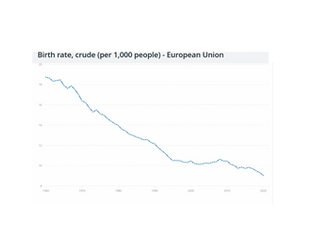
Understanding the 3-Bucket Retirement Planning Strategy
Mar 18
2 min read
0
64
0
Retirement planning can seem complex, but the "3-bucket" strategy simplifies it into manageable segments designed to balance growth, income, and liquidity. The 3-bucket strategy is one of my favourite methods of managing risk in retirement whilst still allowing my clients to experience good growth over the long term.
What is the 3-Bucket Strategy?
The 3-bucket retirement planning strategy divides your retirement funds into three distinct buckets, each with its own purpose and timeline:
Bucket 1: Immediate Access (Short-Term Bucket)
This bucket holds your liquid assets—cash and cash equivalents that are easily accessible. It's designed to cover your living expenses for 1-3 years. Examples include:
Savings accounts
Money market accounts
Short-term CDs
The goal of Bucket 1 is to provide stability, ensuring you have enough readily available funds regardless of market volatility.
Bucket 2: Intermediate Investments (Mid-Term Bucket) Bucket 2 contains moderate-risk investments intended to grow while providing regular income. These funds cover your financial needs for years 4-10. Typical investments might include:
Bonds
Balanced mutual funds
Dividend-paying stocks
This bucket provides growth potential to keep up with inflation and steady income streams to replenish Bucket 1 as it's depleted.
Bucket 3: Growth-Focused Investments (Long-Term Bucket)
Bucket 3 is designed for long-term growth, typically covering expenses beyond 10 years into your retirement. Assets in this bucket generally have higher volatility but offer greater growth potential:
Stocks
Equity-focused mutual funds
ETFs
Real estate investments
The aim is long-term appreciation, ensuring you do not outlive your savings.
Why 3 buckets and how does it work?
The truth is that you can have more buckets if you prefer, and you can have different time frames. The main takeaway is that by separating our cash requirements into different periods we can invest with different levels of risk and reward across our whole portfolio. Each year, your living expenses come from Bucket 1, which is resistant to market fluctuations, giving you peace of mind knowing your short-term needs are secure. You then refill Bucket 1 from Bucket 2 as necessary. When your high-risk assets in Bucket 3 perform strongly, you can use these gains to replenish both Bucket 1 and Bucket 2. Conversely, during periods of market downturn, you avoid selling at a loss by using funds from the safer buckets, allowing time for assets in Bucket 3 to recover. Once market conditions improve, you can again draw on the gains from Bucket 3 to rebuild the first two buckets. This strategy creates a valuable buffer against market volatility, protecting your retirement lifestyle from unnecessary financial stress.
Is the 3-Bucket Strategy Right for You?
The 3-bucket strategy suits retirees and pre-retirees looking for clarity, reduced anxiety over market fluctuations, and structured withdrawals that safeguard their retirement income. The main downside to the 3 – bucket strategy is the increased administration that comes with managing each bucket as opposed to one diversified portfolio. Personally, I think it’s more than worth it.
Luke Staden
.png)

